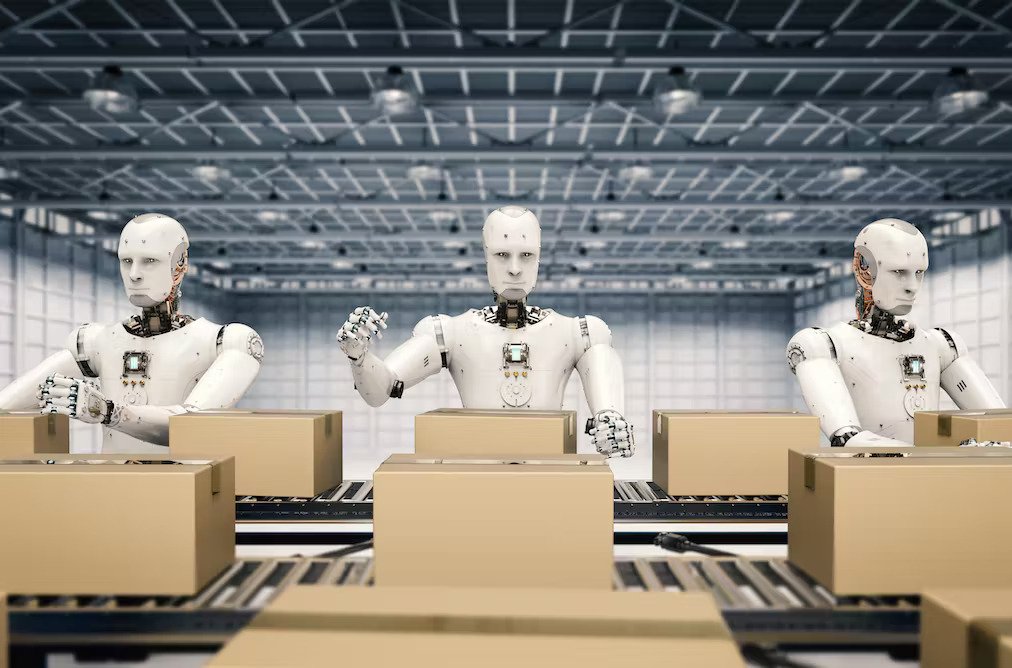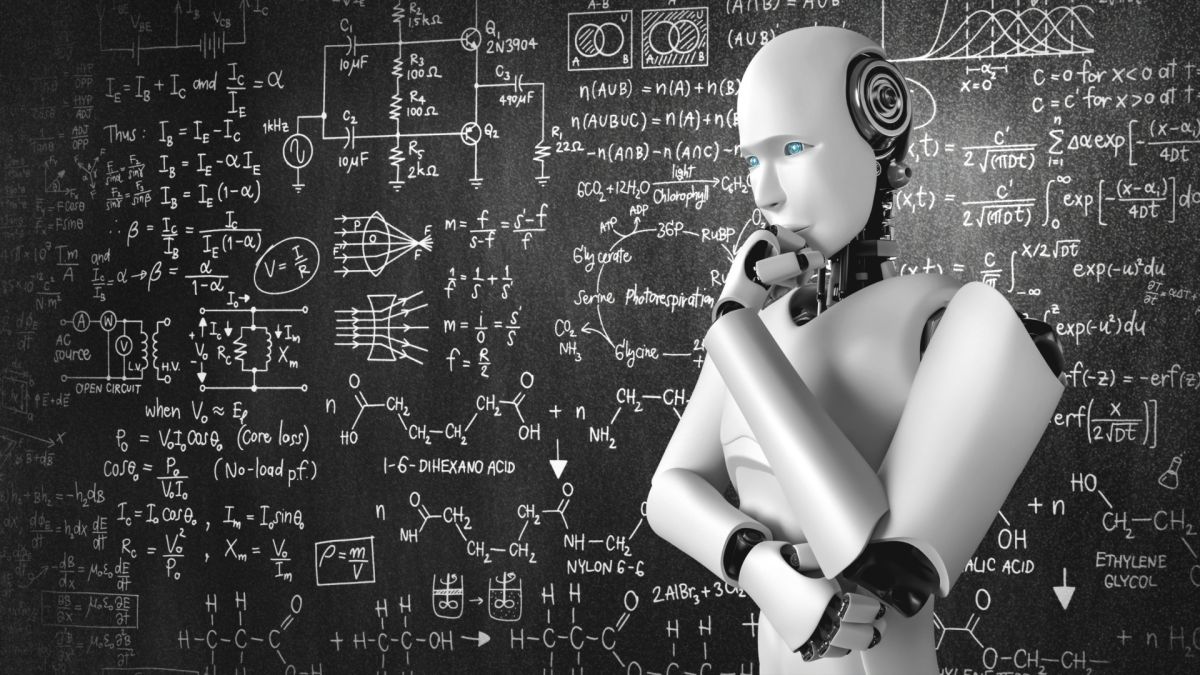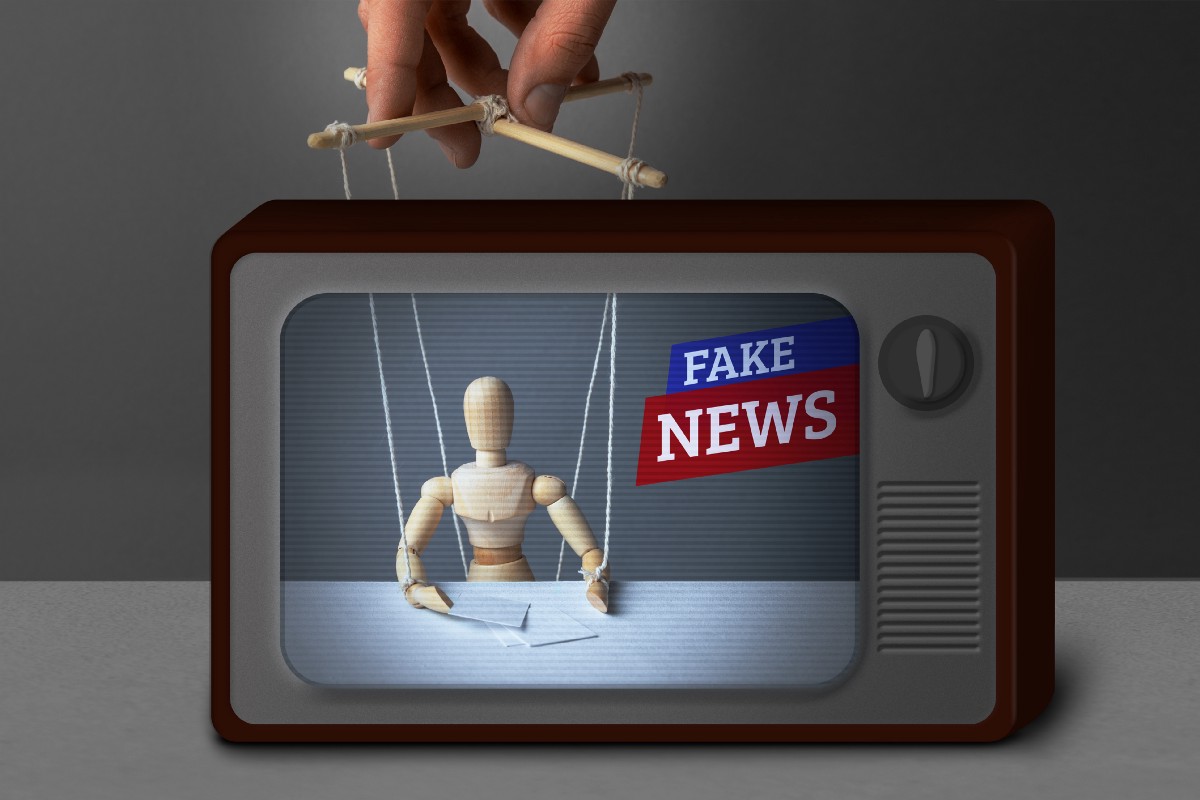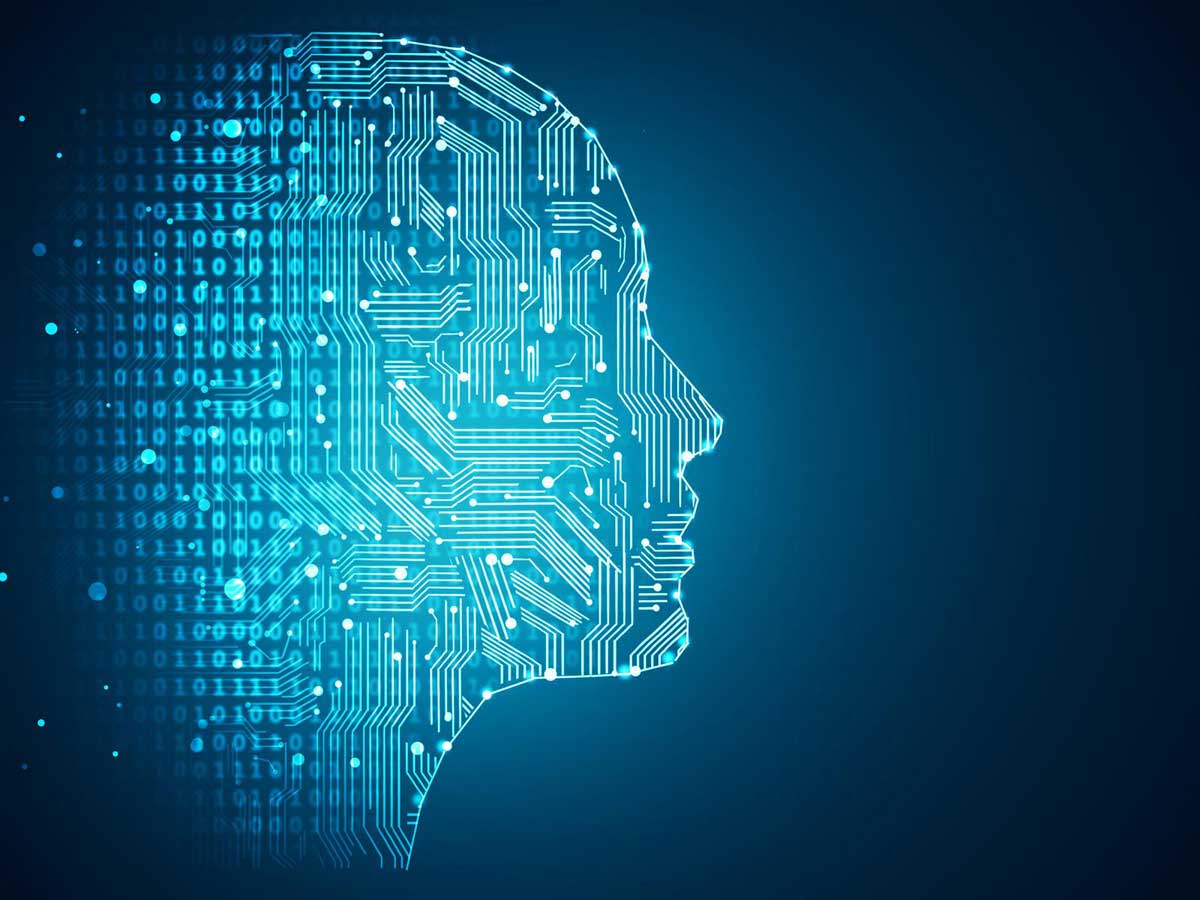Artificial Intelligence (AI) has been making significant strides in recent years and has found applications in various fields, from healthcare to finance to transportation. While AI has the potential to revolutionize these industries and improve our quality of life, it also raises concerns about the impact it could have on employment.
Some experts fear that AI could replace human workers in many jobs, leading to mass unemployment and economic disruption. Others argue that AI will create new job opportunities and ultimately benefit society. In this essay, we will explore both sides of this debate and examine the potential threats and opportunities that AI poses to human employment.
Arguments for AI as a threat to human employment
One of the most significant concerns about AI is its potential to automate jobs previously performed by humans. As AI technologies become more advanced, they can perform tasks more efficiently and accurately than humans, leading to reduced labor costs for businesses.
In addition, AI does not require breaks or benefits, making it more cost-effective than hiring human workers. This trend is already evident in industries such as manufacturing and transportation, where automated systems are increasingly replacing human workers.
Counterarguments for AI as a threat to human employment
While AI automation may displace some jobs, it will also create new job opportunities in other areas. For example, the development and maintenance of AI systems require highly skilled workers such as data analysts, software engineers, and machine learning experts.
Artificial Intelligence can enhance human labor by providing workers with tools and resources to perform their jobs more efficiently and effectively. As AI technology advances, it will also create new industries and job categories that we cannot even imagine today.
Potential long-term effects of AI on employment
As AI technology continues to advance, it is likely that more jobs will become automated. This trend will lead to displacement of workers in some industries, requiring education and reskilling programs to help them transition to new jobs. Governments will need to take an active role in implementing policies that support these programs and ensure that no one is left behind. Additionally, as more jobs become automated, there may be a shift in the types of jobs that are available, leading to greater income inequality.
Conclusion
In conclusion, AI has the potential to be both a threat and an opportunity for human employment. While it is true that AI automation may displace some jobs, it will also create new job opportunities and enhance human labor in other areas. As we move forward, it is important that we consider the potential long-term effects of AI on employment and take steps to ensure that no one is left behind. By doing so, we can harness the power of AI to create a better, more equitable future for all.





Leave A Comment